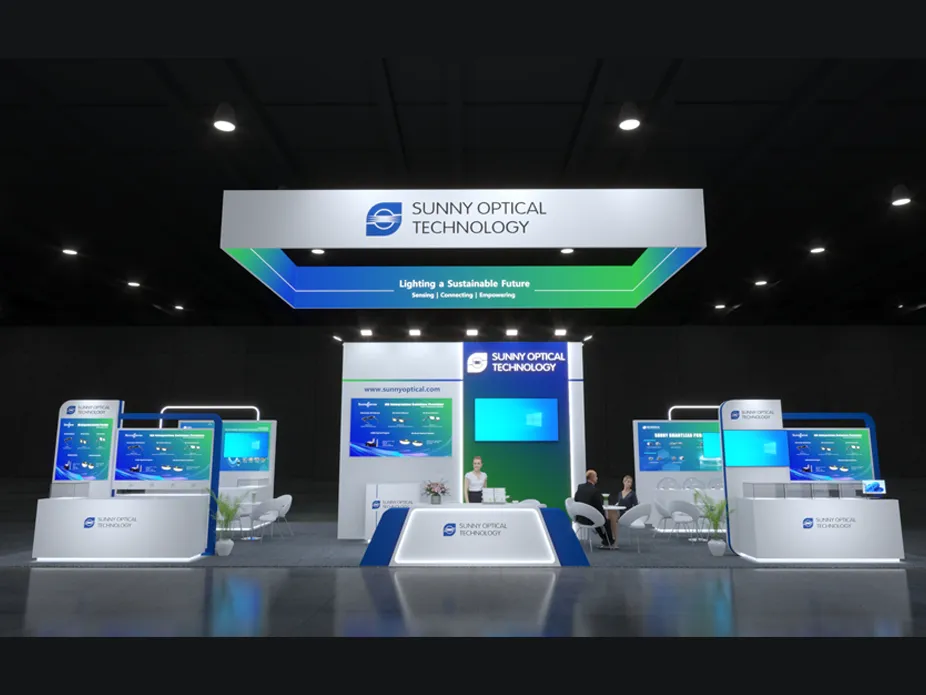With the official passage of the U.S. Federal Infrastructure Bill in2021 in November, adaptive headlamps have finally been approved for use in the US. For automakers, this is an important milestone; and for those driving on roads across the United States at night, this is a significant safety advancement. Although nighttime traffic is reduced by60% compared to daytime, more than40% of traffic accidents and fatalities occur at night.
Adaptive driving beam (ADB) headlamps utilize sensor inputs to automatically adjust the brightness, angle, and shape of the beam to respond to changing driving conditions. When you are driving at night with the high beams on, if your vehicle detects another car approaching, the headlamps will quickly adjust to avoid directing light into the oncoming driver's eyes. For example, a certain "glare-free" high beam can intelligently adjust for oncoming vehicles, vehicles directly ahead in the same lane, or both types of vehicles simultaneously, while also recognizing road signs.
The ADB system is composed of several parts, including a front vision active safety camera (FAS-Cam), a headlamp controller (HCM), an LED driver module (LDM), and a light source module, ensuring the system operates efficiently.
A basic component of any adaptive driving beam (ADB) system is the camera and/or sensors installed on the vehicle to monitor the surroundings, recognize other vehicles and objects, and detect road and lighting conditions. Types of headlamps include halogen, laser, or LED light sources. In some cases, light changes can be controlled through shutters; most new adaptive driving beam (ADB) systems use LED matrix designs. For example, Audi's LED matrix headlamp system uses eight vertical "finger" lights, each of which can be independently turned on or off.
What's the difference between traditional adaptive driving beam switching systems and ADB adaptive driving beam system? The answer lies in that adaptive driving beam systems maintain a basic symmetrical brightness between the left and right beams - either a pair of low beams or a pair of high beams; whereas ADB is different.
Taking left-hand traffic as an example, when there is a traffic jam in the opposite lane, ADB will completely turn off the left high beam to prevent misleading other drivers into thinking it is a motorcycle driving near the roadside. If a vehicle tries to turn left, overtake, or make a U-turn from the jammed lane, it could lead to an accident. The proper operation and benefits of the ADB adaptive driving beam system are still worth re-evaluating. However, it cannot be denied that the birth of the ADB adaptive driving beam system has made a significant contribution to the development of vehicle lighting.
Currently, intelligent lighting has become an indispensable part of smart vehicles. Whether for traditional cars of the past or future autonomous vehicles, car headlamps illuminating the road at night always remain the most reliable guarantee for safe nighttime travel.

【Exhibition Invitation】Visit us at CES 2026!
2025-12-10

Sunny Optical Gets Group LiDAR Standard Approved, Using Innovative Optical Solutions to Unlock Key Step in Mass Production
2025-11-25
![[Exhibition Invitation] Sunny Automotive Optech Invites You to the 26th China International Optoelectronic Exposition (CIOE 2025) [Exhibition Invitation] Sunny Automotive Optech Invites You to the 26th China International Optoelectronic Exposition (CIOE 2025)](/uploads/image/20250908/首图7.webp)
[Exhibition Invitation] Sunny Automotive Optech Invites You to the 26th China International Optoelectronic Exposition (CIOE 2025)
2025-09-08

Inquiry
Excellent Customer Service Ability
Key customer manager mechanism
Oversea supporting points
Excellent Process Control Ability
Fully automated production
DMC traceability management
VDA6.3 / IATF16949 verifications
Excellent R&D Ability
Advanced technology new product development cooperation
Cost-effective optical solution proposal based on customer needs
Ecosystem resource integration